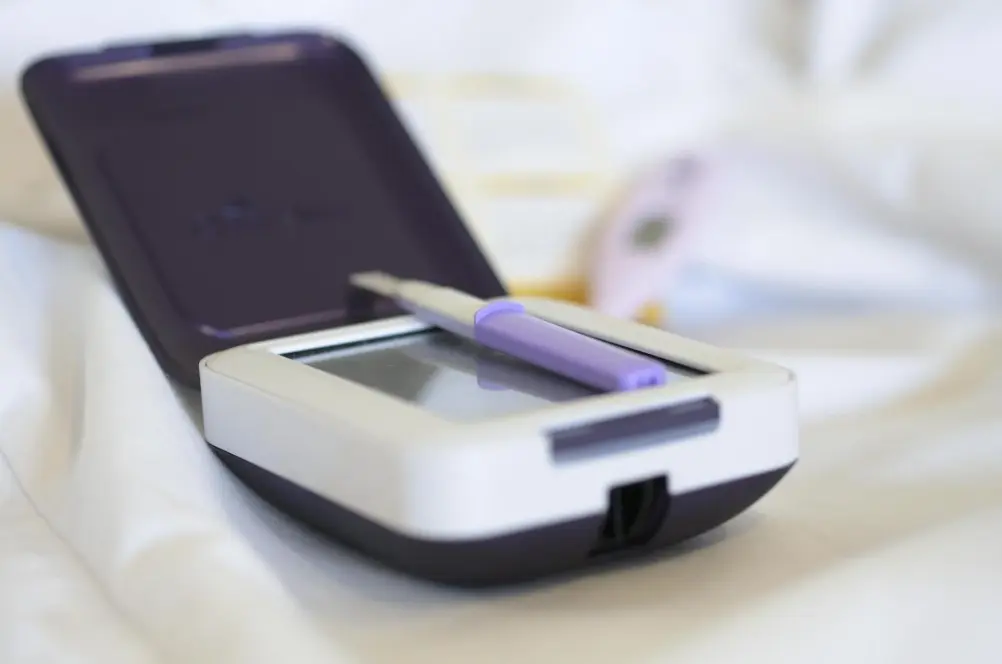In recent years, more and more women have been paying attention to fertility tracking technologies, such as smart gadgets that help plan pregnancy or prevent it, based on accurate data. Today, the market offers a variety of devices: from thermometers to complex systems that analyze hormonal changes. Below, we will consider how they work and how they differ.
How Ovulation Tracking Devices Work
Almost all devices work on three principles:
- Bio-measurement of body temperature: Basal temperature, measured in the morning before getting up, shows a small jump on ovulation days.
- Analysis of hormones in urine (LH, estrogens): Special test tapes detect peaks of hormones a day or two before the release of the egg.
- Combination gadgets: Devices that connect sensors and sensors for maximum accuracy.
- Using any of the devices requires regular measurements: This is the only way to see the pattern and accurately determine fertile days. Synchronizing data with apps makes it easier to read the results.
Advantages of Fertility Monitoring Devices
- Convenience. Most gadgets are compact, with the ability to measure at home any morning.
- Saving time and money. Long-term costs are lower than for lab tests.
- Simple interface. Results are readable through the app, graphs, and reminders are often available.
What to consider when choosing
When choosing a fertility monitoring device, it is important to consider several things. The measurement methods vary: thermometers are cheaper, but require strict adherence to the morning measurement regimen. Hormonal tests provide more accurate results, but involve regular costs for the purchase of test strips.
Combination systems provide the most complete information about the cycle, but will cost more. The device’s accuracy and user reviews play an important role. It is also worth paying attention to the device’s compatibility with applications and the ability to export data, which is especially useful when consulting a doctor. The availability of technical support and regular software updates from the manufacturer is also a significant advantage.
Overview of the main types of devices
1. Digital thermometers
The simplest category. Manufactured by companies such as Femometer, iProven, etc. Measurement: in the morning, under the tongue, then the data is entered into the application. The results are not instant, but are useful if done regularly.
2. Hormone test systems
The kits contain testers and strips that react to luteinizing hormone (LH). An example is Clearblue Fertility Monitor. High accuracy and daily hourly target, but requires constant purchases of test strips.
3. Combined gadgets
This includes devices that measure both hormones and temperature: for example, JOANY FEM, Mira Fertility Tracker. Studies show the superiority of combined systems in terms of accuracy and convenience.
Another good example is Miracare. It is an advanced ovulation tracker that combines hormone analysis with AI-driven predictions. It measures hormone levels via saliva or urine tests and syncs data with an intuitive app. You can read Mira reviews to help you find out how reliable, easy to use, and affordable the device is.
How to use correctly
- Follow the regularity – measure every day at about the same time.
- Self-discipline – keep the device and test strips close by so you don’t miss a day.
- Keep a schedule – apps automatically draw a cycle, but you can keep a paper journal for monitoring.
- Consult a doctor, especially if your cycle is irregular. It’s useful for the doctor to get your exquisite readings.
Why Reviews are Important
When buying, it’s important to study real reviews: they will tell you about the shortcomings, for example, a poor diet, possible app failures, or the high price of test strips. Reviews gain credibility through specific situations, comparisons, and recommendations.
Conclusion
When choosing a fertility monitoring device, it is important to determine your priorities in advance. Some users prefer simple and inexpensive devices, while others are ready to invest in more complex and accurate systems. The level of accuracy is especially important for those who are planning a pregnancy and want to track ovulation as accurately as possible. Using such devices gives freedom and confidence, allowing you to determine your fertile days in a timely manner and make informed decisions.
Also Read-Selecting the Right Tech Stack for Mobile App Success










